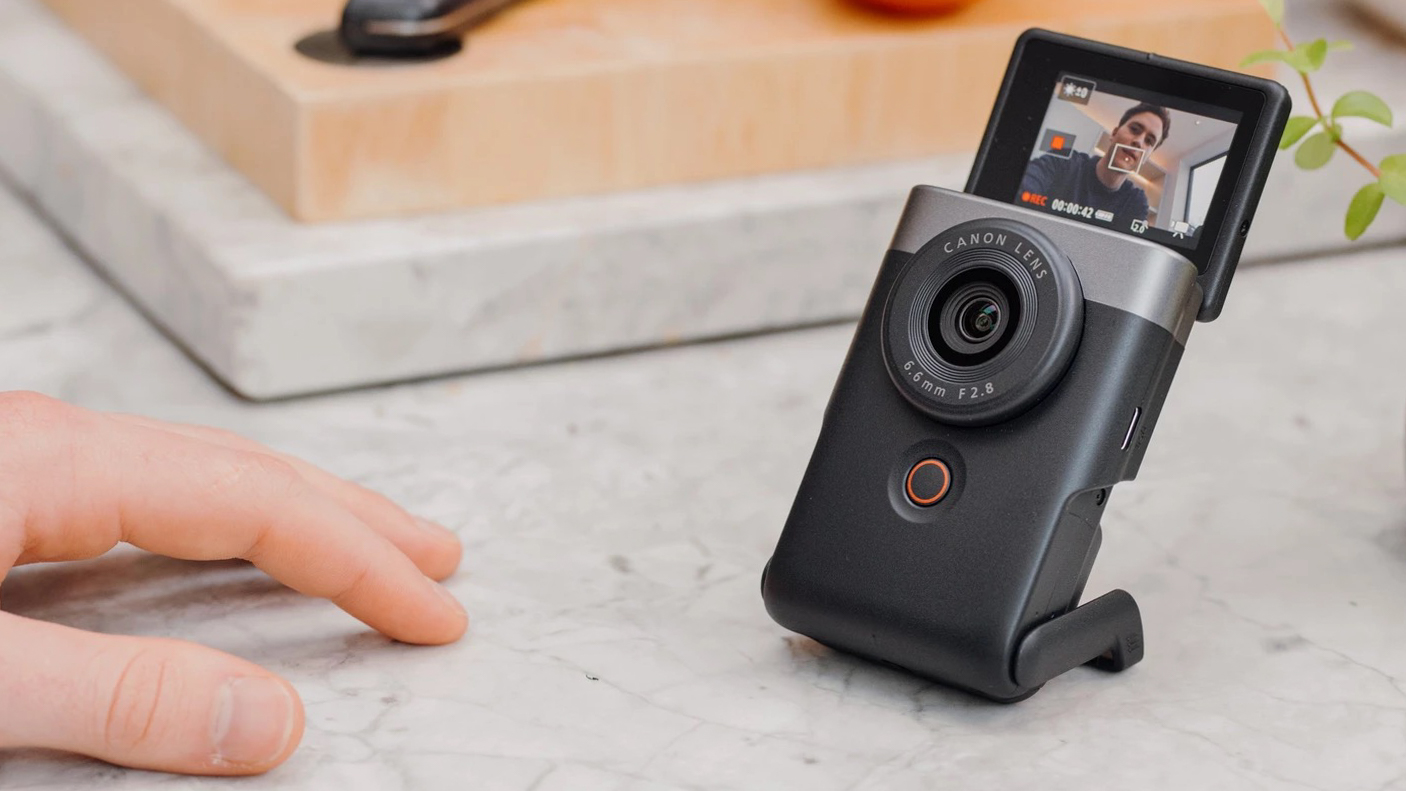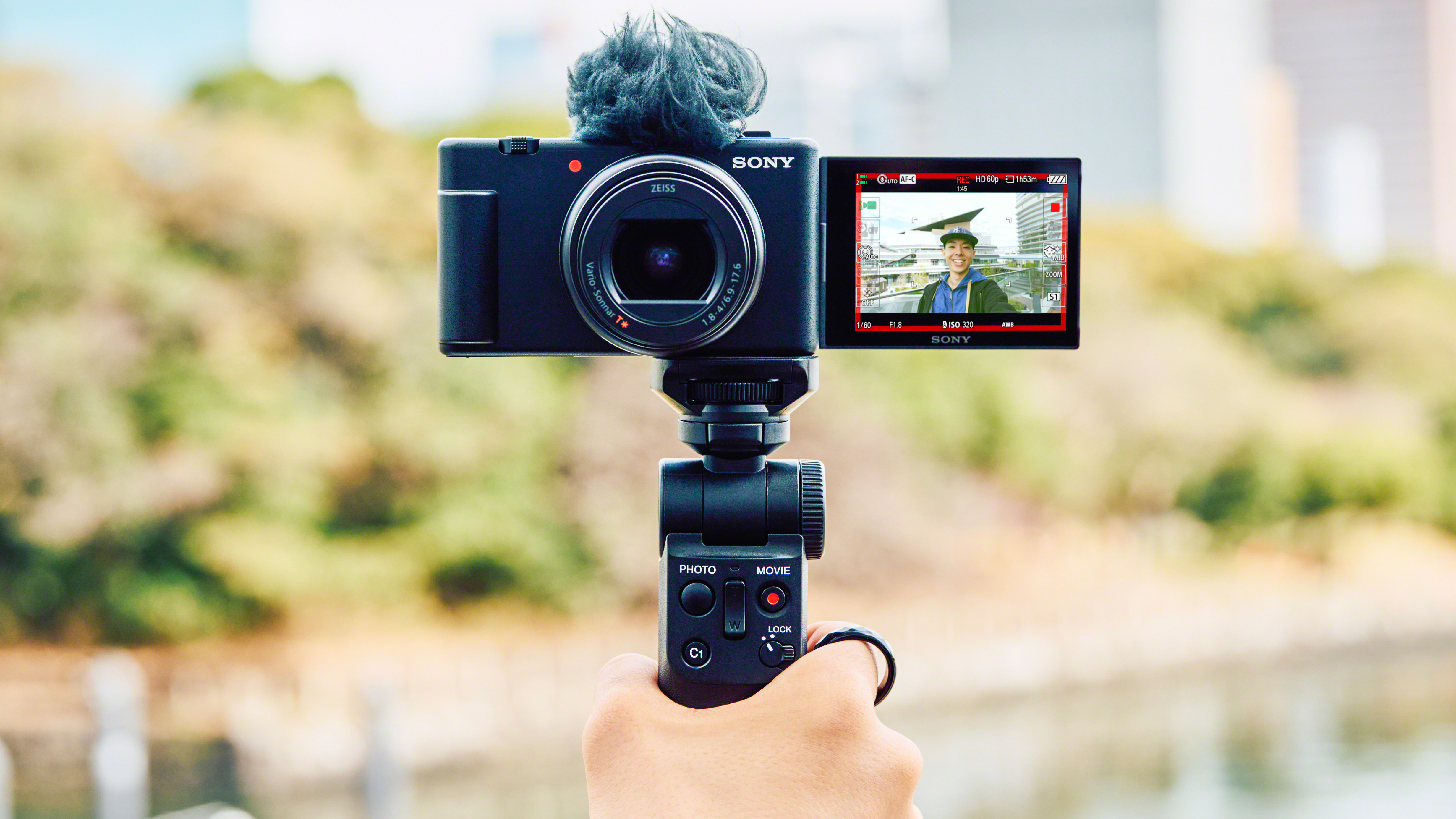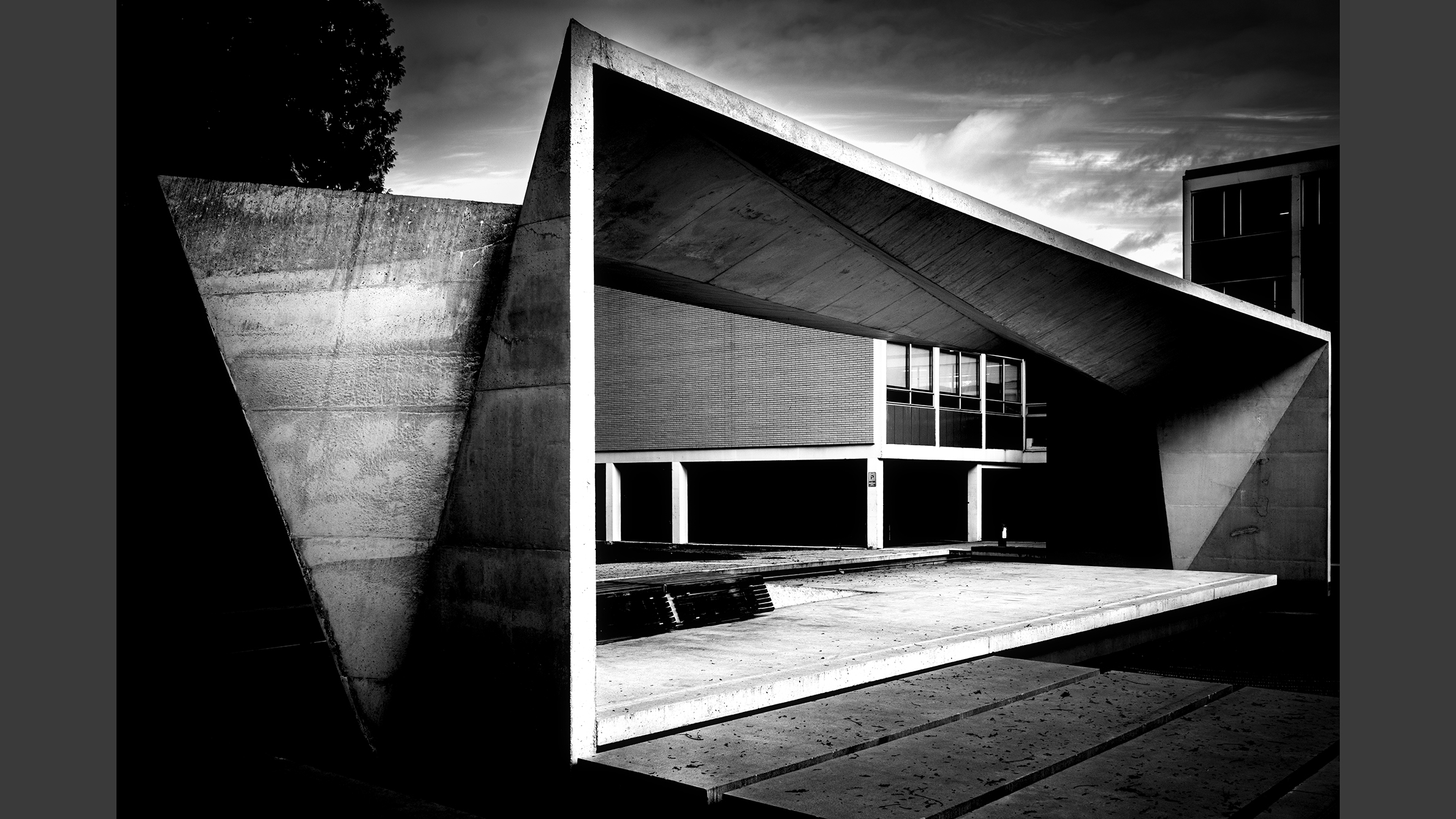Canon's V10 might be basic, but I love that it's a camera that dares to be DIFFERENT
Yes, Sony, I'm looking at you!

The new Canon PowerShot V10 is a bit of an odd sort of camera that’s no larger than a cigarette packet, has a fixed focal length 18mm/19mm equivalent lens and a flip-up/fold-back screen for filming a subject in the normal way or filming yourself.
It has a 1-inch sensor, so should be a useful step up from smartphone quality, yet costs only half as much as the best camera phones out there right now. The controls are pretty simplistic, and the only zooming is digital, but it’s designed for simple vlogging use – and that’s the point. It has actually been designed for this. It’s not an adaptation of an existing camera.
Which is where I find the also-new Sony ZV-1 II a bit of a disappointment. It’s essentially a refresh of the earlier Sony ZV-1 with a wider lens for easier selfie vlogging. We liked the original ZV-1, but it was itself clearly a light reskin of Sony’s existing RX100 cameras – and now Sony has reskinned the reskin.
If you want the best camera for vlogging, the Sony ZV-1 II appears the best on paper. But whatever the Canon's technical limitations, if you put the PowerShot V10 side by side with the ZV-1 II, the difference in the design effort is obvious. Canon has made a new camera, Sony has refreshed an old one. And, to be honest, it’s getting increasingly difficult to tell the difference between Sony’s multitude of vlogging cameras, many of which share the same core technologies and designs.

How many physically similar RX100 cameras were there (seven, we counted) and these have spawned three equally similar ZV-1 cameras. The only things to change have been the viewfinder (dropped from the ZV-1 series) and the lenses (two for the RX100 series and a choice of three for the ZV-1, ZV-1F and ZV-1 II).
Let’s not even start on its big brother, the ZV-E1, which gets much of its tech from the A7S I, II and III which also spawned the FX-3 and to a degree the FX6. And then there’s the ZV-E10 which is essentially an A6000-series camera with a flip-out screen and no viewfinder.
When is Sony going to design a new camera? New as in physically and technically new, not new as in market segmentation?
Get the Digital Camera World Newsletter
The best camera deals, reviews, product advice, and unmissable photography news, direct to your inbox!
Canon has also been guilty of recycling camera designs plenty in the past, but at least the PowerShot V10 is genuinely new. It’s also very distinctive, with a simple but effective design that you ‘get’ straight away. It's not going to be one of the best cameras for video from a technical standpoint, but as a piece of design it seems to me a really refreshing departure.
Or am I the only one who thinks camera design has stagnated?

Rod is an independent photography journalist and editor, and a long-standing Digital Camera World contributor, having previously worked as DCW's Group Reviews editor. Before that he has been technique editor on N-Photo, Head of Testing for the photography division and Camera Channel editor on TechRadar, as well as contributing to many other publications. He has been writing about photography technique, photo editing and digital cameras since they first appeared, and before that began his career writing about film photography. He has used and reviewed practically every interchangeable lens camera launched in the past 20 years, from entry-level DSLRs to medium format cameras, together with lenses, tripods, gimbals, light meters, camera bags and more. Rod has his own camera gear blog at fotovolo.com but also writes about photo-editing applications and techniques at lifeafterphotoshop.com
